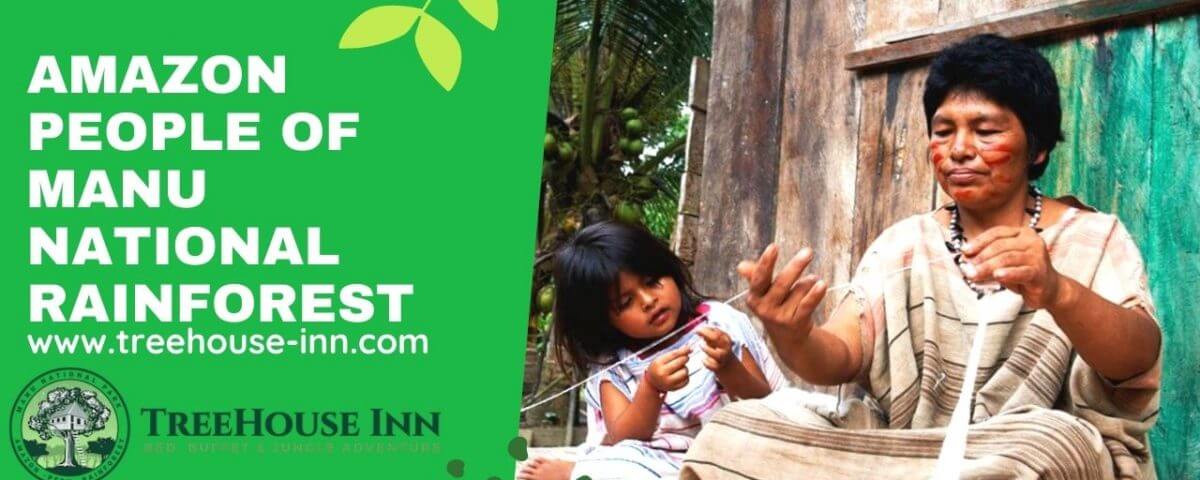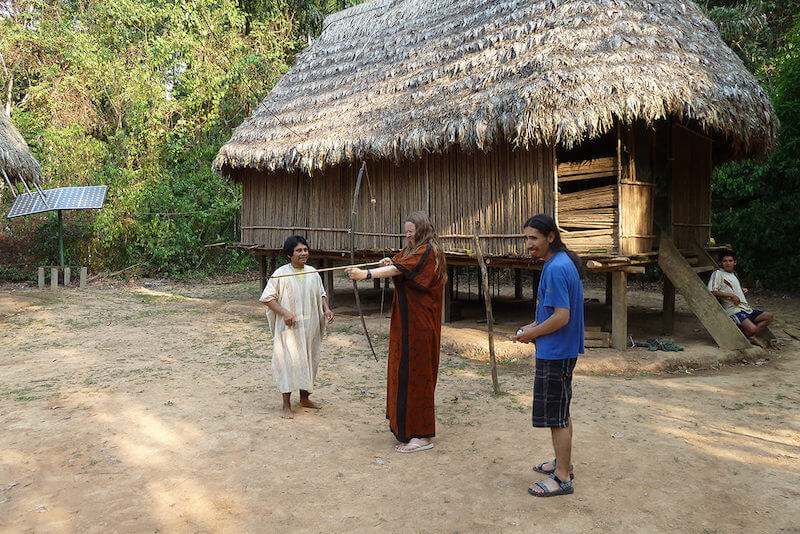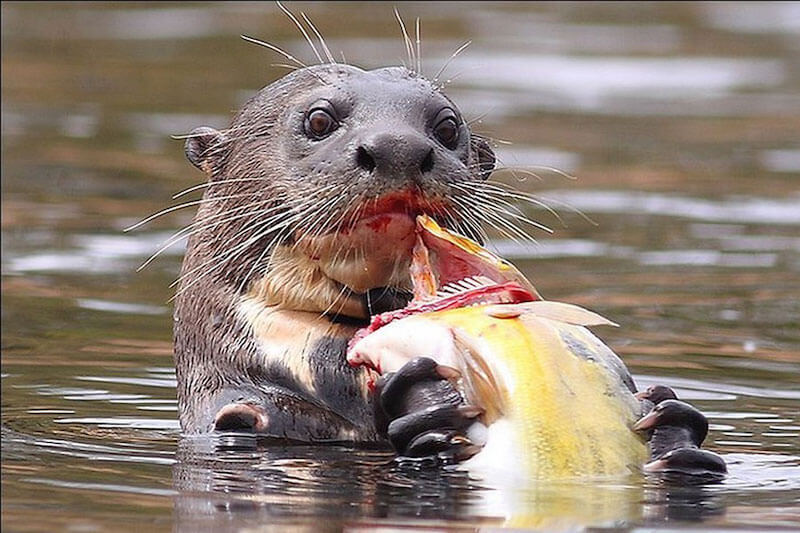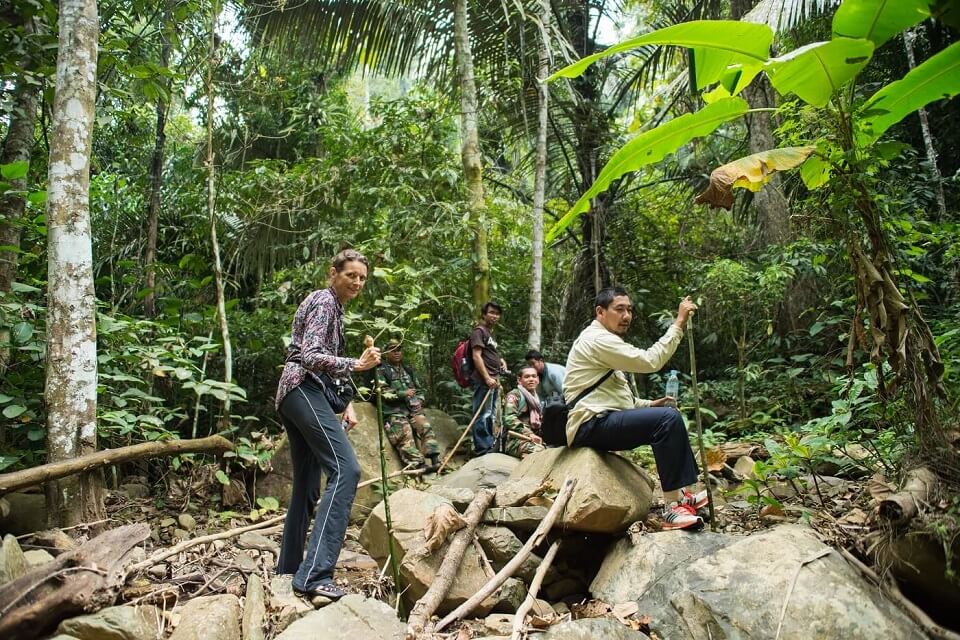Manu National Rainforest People- Casa Matsiguenka
Manu National Rainforest People- Casa Matsiguenka

Manu National Rainforest is well famous for being the most lush area of Peru and the world. This Park is the priority of the Amazon Jungle. Manu National Park is a world heritage site. There are three zones – Core zone, Cultural Zone and Reserved Zone.
Visitors to the Manu National Rainforest can avail the opportunity to interact with ethnic groups. Namely Yora, Mashko-Piro, Matsiguenka, Harakmbut and Yine live here. They protect the park
Hunting Is Legal But Only For Tribes
All the tribes of the park have the right to harvest plants and hunt animals. But only for personal use. However, hunting with guns and selling the park resources without special permission is illegal.
A group called the Matsiguenka resides mostly along the Manu Riverbank and its tributaries. Only a few thousand live in the park presently.

Casa Matsiguenka
Casa Matsiguenka is an eco-tourism initiative. It is launched by the two main communities in the 1990s. Along with the support of German-based NGO, they established the lodge as a pilot project in the biosphere reserve zone.
The mission of the project is conservation and the income generation for residents of the park. The eco-lodge is an initiative to render inhabitants a way to participate in jungle tours and strengthen their culture.
To reach the lodge, it might take 6 hours upriver from the Limonal Ranger Post. But you will have the chance to reside in the heart of one of the wildest places on Earth! Explore amazingly different wildlife in its natural habitat. This will make your stay a most memorable event of your life.

The lodge is an apt description of these properties. The design inspires the local’s way of life. There are four bungalows with three double bedrooms in each.
Here guests can enjoy an authentic and comfortable place to stay. This lodge is an ideal temporary home for exploring the fabled rainforests and wildlife.
Don’t skip a visit to Cocha Salvador. It is an oxbow lake featured in many wildlife documentaries. Here you can spot Giant Otters, Black Caimans, harpy eagles, water birds, macaws, and other jungle wildlife. Piranha fishing is one of the popular activities here.

How Does The Project Work?
Under the initiative, tourists may avail the opportunity to witness, learn and participate in cultural activities. This includes local archery lessons and hunting expeditions.
They guide most activities. They also do hikes along trails of this rainforest.

Owners of Casa Matsiguenka
The Tayakome and Yomibatos are the owners. These are the two main communities of Manu. Each of them comprise of around 150 people each.
They are the habitat here since the Inca age. Just like their ancestors, they continue to hunt, and fish.
They gather medicinal plants. Along the backyard, they tend small gardens planted with pineapple, cassava, plantains. They plant fruits and vegetables for their consumption from these rainforests.
People here are more than glad to play hosts to visitors at their lodge.


